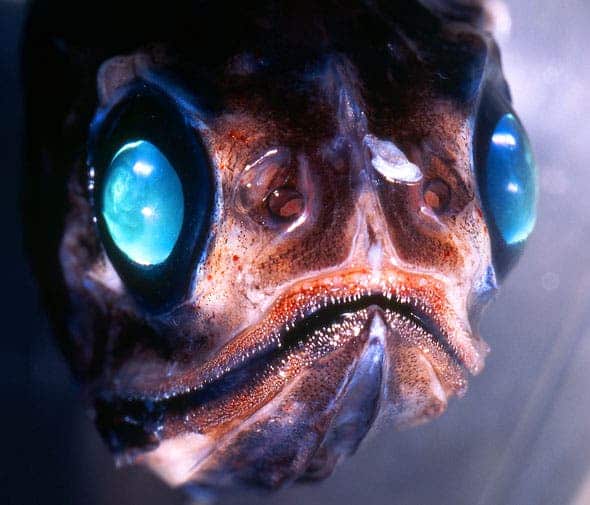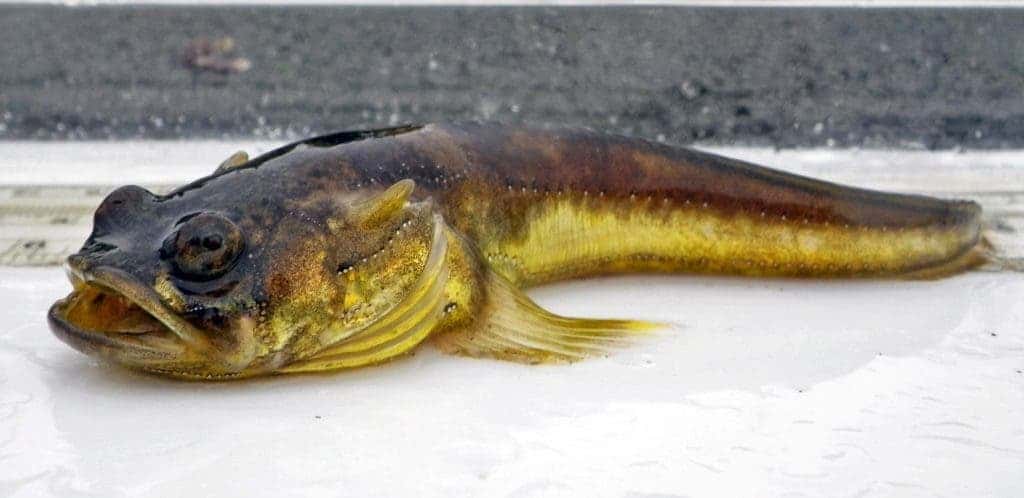On land, the fairytale glow of fireflies is the first to come to mind when we think about bioluminescence. In the oceans, however, there are scores of marine species that have evolved light emitting abilities — as many as four in five ocean fish are bioluminescent, a new research that peered into their genetic history suggests.

Of course, scientists have previously identified many marine species that produce light, from sharks to jellyfish to fish. The tactics employs are as diverse as the species, too, ranging from photon-emitting chemicals produced by the creatures themselves or symbiotic relationships with glowing bacteria. The extent of this adaptation was unclear until now, though.
“bioluminescence is almost a requirement for fishes to be successful”
A team made of scientists at Matthew P. Davis of St. Cloud State University, University of Kansas Biodiversity Institute and John S. Sparks of the American Museum of Natural History Museum analyzed nuclear and mitochondrial gene fragments from over 300 taxa of ray-finned fish to infer the number of independent evolutionary origins of bioluminescence.
Ray-finned fish is a group that comprises most of the ocean’s fish. Even though the focus was on the ray-finned fish, the researchers were stunned to discover bioluminescence evolved no less than 27 times in 14 major fish clades. This process first started as early as the Early Cretaceous, some 150 million years ago.
“When things evolve independently multiples times, we can infer that the feature is useful,” said W. Leo Smith, assistant curator with the University of Kansas Biodiversity Institute, and one of the lead authors of the study published in PLOS ONE. “You have this whole habitat where everything that’s not living at the top or bottom of the ocean or along the edges—nearly every vertebrate living in the open water—around 80 percent of those fish species are bioluminescent. So this tells us bioluminescence is almost a requirement for fishes to be successful.”
Indeed, we should have known bioluminescence was far more common in the deep ocean simply by looking at the bristlemouth — a light emitting fish which is also the most abundant vertebrate on Earth. Thousands of trillions of bristlemouths live in the world’s oceans.

The bristlemouths, like the anglerfish or lanternfish, emit light for a variety of different reasons. Some rely on it to find prey or, on the contrary, avoid prey. The most significant use of bioluminescence seems to be signaling between the fish, in “the same way that people might dance or wear bright colors at a nightclub,” Smith said.
The authors also report an unusual evolutionary pattern that highlights once more how important emitting light is for the fish. Once a line of fish evolved the ability to produce light, it soon branched into other species. Smith and colleagues aren’t sure why this happens. In May, Smith’s team returned from an expedition off the West Coast where they collected fresh fish for genetic analysis. The aim is to analyze the fish’s mRNA from the light sensitive organs themselves so the researchers might “trace the variation within the system, including the possibility of uncovering how this system evolved.”
“Many fishes proliferate species when they evolve this trait — they differentiate, but we don’t know why,” Smith said. “In the ocean, there are no physical barriers to separate groups of deep-sea fishes, so why are there so many species of anglerfishes, for example? When they start using bioluminescence for species recognition, they diversify into a lot more species.”






